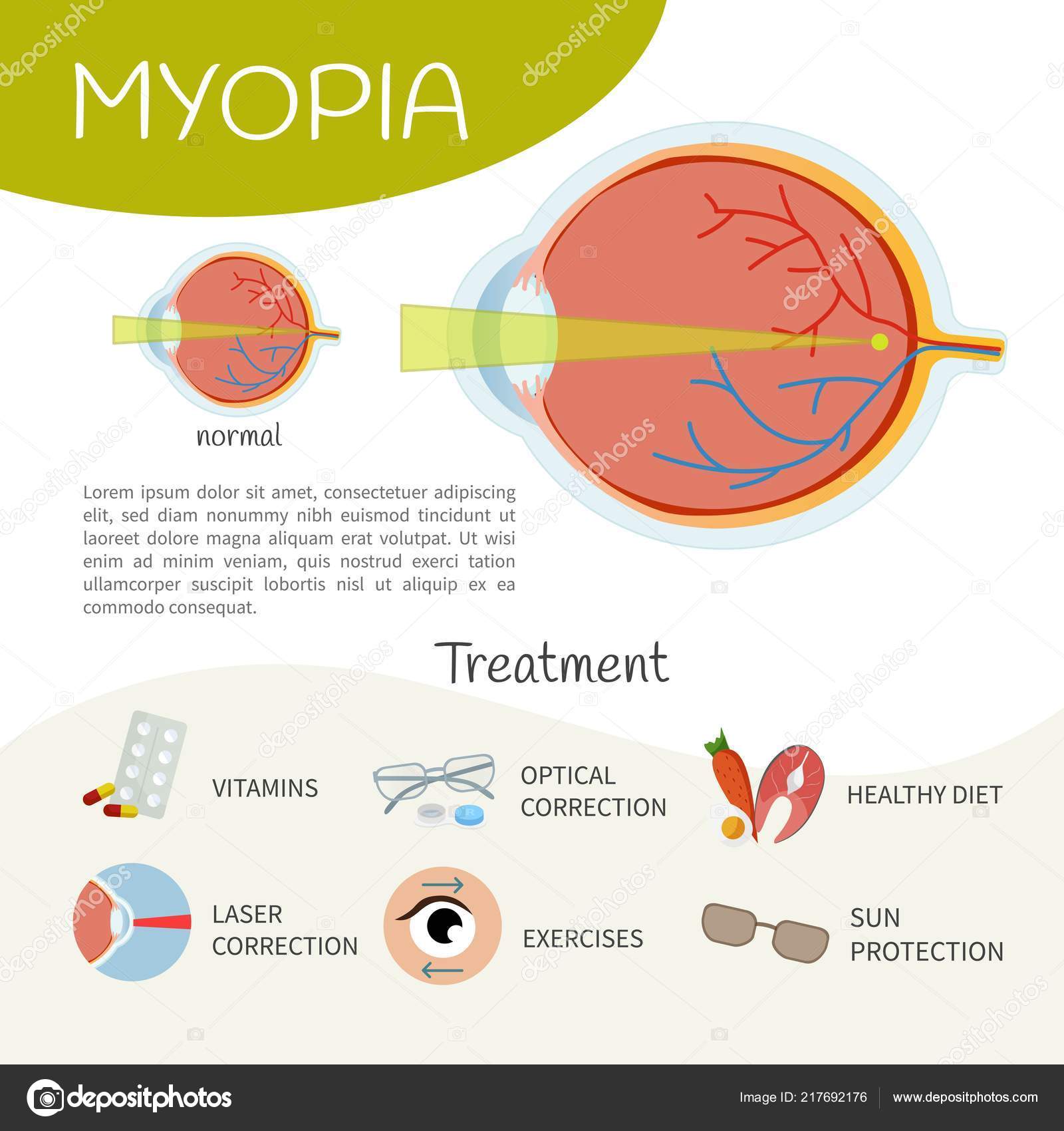A Comprehensive Guide To Comprehending Cataract Eye Surgery

Content By-Lerche Overby
Invite to 'A Comprehensive Overview to Recognizing Cataract Eye Surgical Treatment,' where we'll take you on a journey with the world of cataracts and exactly how they can be dealt with.
Like a foggy home window blocking your view, cataracts shadow the lens of your eye, causing fuzzy vision and difficulty seeing clearly. But concern not, because cataract surgery is below to aid you recover your aesthetic clearness.
In this overview, we'll check out the different types of cataract surgery offered, from conventional to laser-assisted methods, and assist you understand what to anticipate prior to, during, and after the treatment.
We'll likewise provide you with valuable tips for planning for surgical treatment and recovering efficiently.
So, unwind, relax, and prepare yourself to embark on a trip in the direction of far better vision. Allow's study the world of cataract eye surgery with each other!
What Are Cataracts and Just How Do They Create?
Cataracts are a common eye problem that commonly develops gradually in time. They occur when the proteins in the lens of your eye begin to glob with each other, triggering the lens to come to be over cast. This cloudiness can make it difficult to see plainly and can also result in vision loss if left without treatment.
While age is a major danger aspect for creating cataracts, other aspects such as genetics, cigarette smoking, and specific medical conditions can also increase your chances.
Comprehending exactly how cataracts develop is the initial step in recognizing why cataract eye surgical treatment may be needed.
Sorts Of Cataract Surgical Procedure
Kinds of cataract surgery can vary depending on the extent of the problem and individual requirements. The most common type is phacoemulsification, which utilizes ultrasound power to break up the cloudy lens and remove it with a tiny cut.
Extracapsular cataract extraction is one more alternative, entailing a larger incision to remove the over cast lens unharmed.
In some cases, laser-assisted cataract surgery may be recommended. This procedure makes use of a laser to make exact lacerations and soften the lens for removal.
Your doctor will certainly talk about the most effective alternative for you based upon your certain circumstance and choices.
Planning for and Recovering from Cataract Surgical Treatment
Planning for and recouping from cataract surgery involves numerous vital steps. Prior to the surgical treatment, your medical professional will supply instructions on exactly how to prepare. This might consist of avoiding specific drugs, not eating prior to the treatment, and arranging for somebody to drive you home afterwards.
On the day of the surgical procedure, you will certainly be offered numbing eye decreases and a moderate sedative to aid you loosen up. The surgery itself is normally fast and painless. Afterward, Read More In this article might experience some mild discomfort and blurred vision, but this ought to boost within a few days.
Your physician will suggest eye drops to stop infection and promote recovery. It's necessary to follow their instructions meticulously, attend follow-up visits, and stay clear of activities that can stress your eyes during the recovery duration.
With appropriate treatment and persistence, you'll quickly be delighting in more clear vision and a brighter future.
Verdict
Now that you have a thorough understanding of cataract eye surgical treatment, you can with confidence take control of your eye health and wellness. By https://www.forbes.com/health/healthy-aging/best-stair-lifts/ what cataracts are and exactly how they establish, you are equipped to make informed decisions regarding the kinds of surgical procedure available.
Keep in mind to plan for the surgical treatment and take care throughout the healing procedure. With this expertise and proactive technique, you can ensure a successful end result and a brighter future for your vision.
Trust yourself, do something about it, and see the globe with clearness.

